An insect’s body divides into three sections. The head holds the eyes, antennae, and mouthparts. The thorax bears three pairs of jointed legs and two pairs of wings. The abdomen contains the digestive system and the sex organs. Most insects undergo a complete change between the larval stage and the adult form.
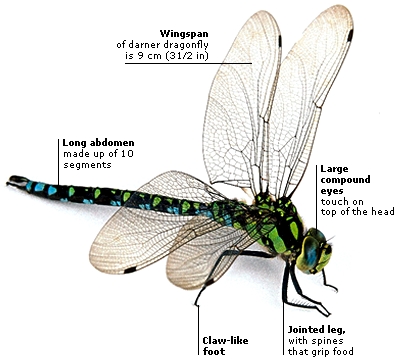
The dragonfly’s slim body and long, thin wings make it one of the fastest fliers in the insect world. The front wings and the back wings beat alternately, giving the dragonfly excellent flight control. Dragonflies have large, compound eyes, each made up of about 30,000 lenses, and can see prey up to 12 m (39 ft) away. The legs form a basket to hold food.
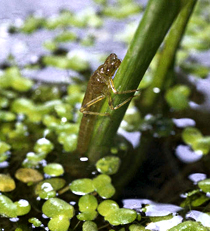
A young dragonfly, known as a nymph, lives underwater. As it grows bigger, it moults – its skin splits and a new, larger one forms. Each time, the nymph begins to look more like the adult dragonfly. For the last moult, the nymph climbs out of the water, and the adult dragonfly emerges.
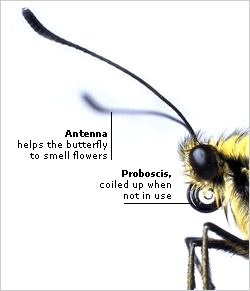
A butterfly uncoils its long proboscis to sip nectar from flowers. Insect mouthparts are very varied. Flies have a spongy pad, horseflies have scissor-like jaws, and mosquitoes have a sharp proboscis.
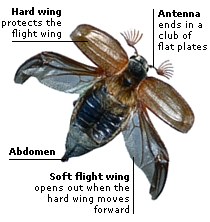
This cockchafer beetle has two pairs of wings but only uses the back pair to fly. The hardened front wings, called elytra, cover the back wings when they are not in use, protecting them. Some insects have muscles attached directly to the wings, others move their wings by changing their body shape. A small number of insects, such as silverfish, do not have wings.
CLASS: INSECTA
Order: Odonata
Features: two pairs of matching wings, long abdomen, carnivorous when adult, dragonflies rest with wings open, damselfies with wings folded

Order: Orthoptera
Features: straight, tough forewings, short antennae, escape by jumping on powerful hindlegs, chewing mouthparts

Order: Lepidoptera
Features: scaled bodies and wings, proboscis, antennae, butterflies have club-ended antennae and fly by day, moths fly by night
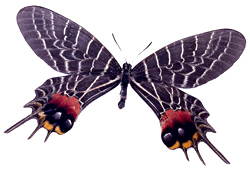
Order: Hemiptera
Features: two pairs of wings, protruding rostrum (mouthpiece) that is used for piercing and sucking
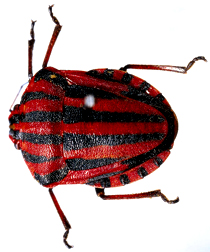
Order: Coleoptera
Features: tough elytra (front wings) fold over membranous hindwings protecting them, can squeeze into small spaces
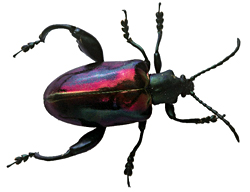
Order: Diptera
Features: most have a single pair of flight wings, some have a thin body and thread-like antennae, others a bigger body and short antennae
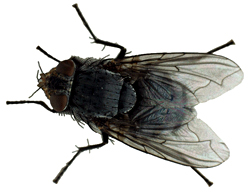
Order: Hymenoptera
Features: two pairs of membranous wings joined in flight by tiny hooks, many have a narrow “waist”






0 comments:
Post a Comment